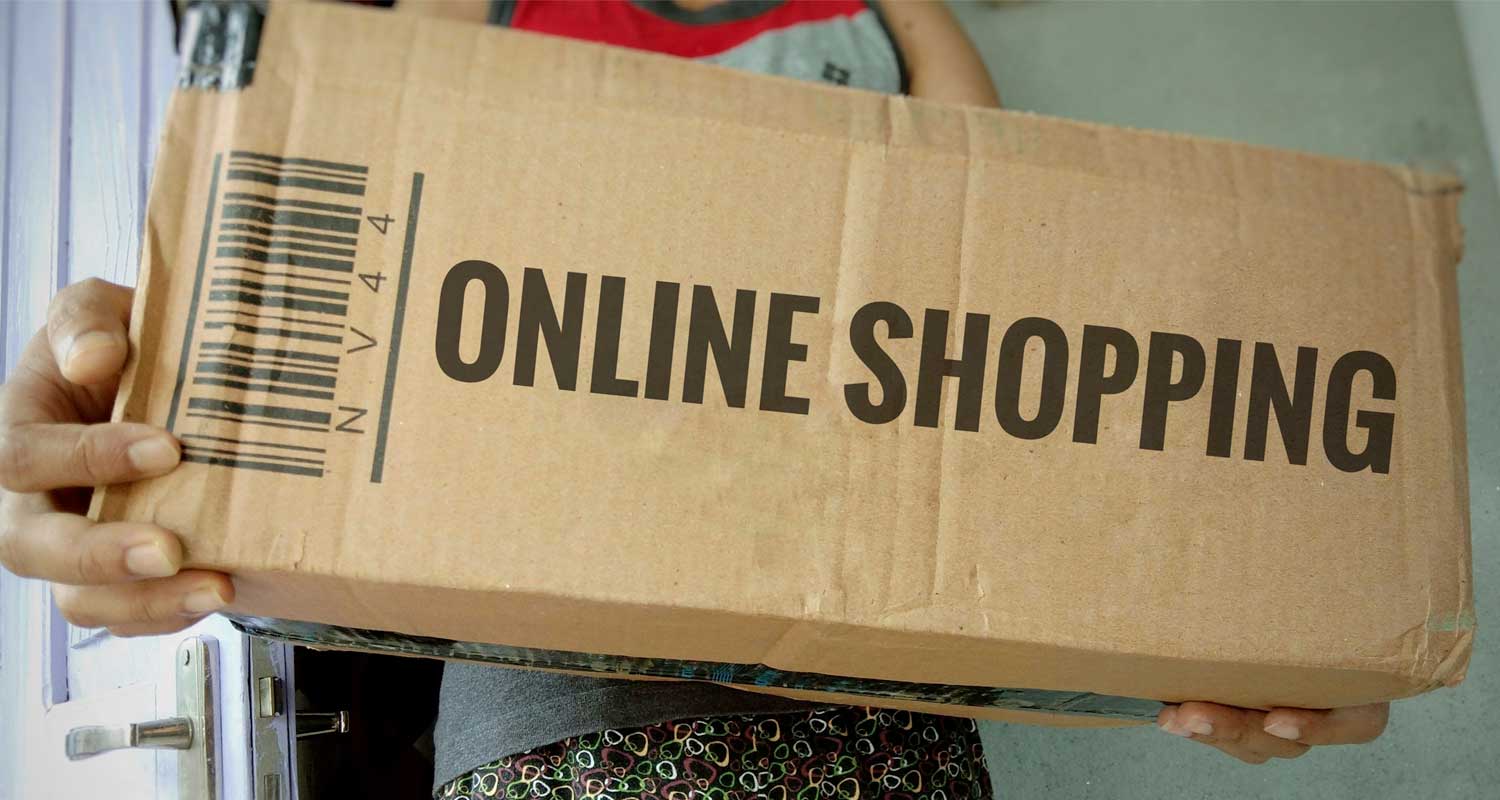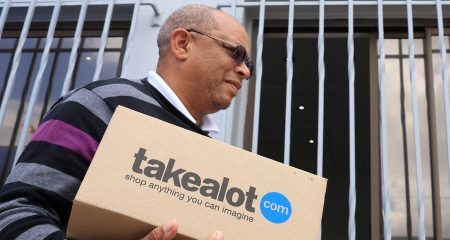 Rand Merchant Bank expects e-commerce adoption in South Africa to achieve “developed market penetration levels” by 2026.
Rand Merchant Bank expects e-commerce adoption in South Africa to achieve “developed market penetration levels” by 2026.
Arun Varughese, head of technology, media and telecommunications at RMB, said e-commerce saw increased consumer adoption during Covid-19, resulting in a “step change in demand for online shopping, which we expect to continue for the foreseeable future”.
“By next year, we expect 31.6 million South Africans to shop online.”
In 2022, South Africans spent R59-billion online and they are expected to spend up to R225-billion by 2025, an increase of 300% in just three years.
Responding to rapid changes in buying behaviour, many South African retailers are investing in online platforms.
Varughese said: “Checkers Sixty60 has benefited from changes to how South Africans shop. Their sales growth continues with 86.8% increase in the first half (ended January 2023) on top of growth of more than 250% in the prior year, and remained the top South African grocery app with 3.1 million downloads.”
In a similar vein, Woolworths saw a 22.4% increase in online sales from the prior year, driven by substantial upticks in its fashion, beauty, home and food online sales. Pick n Pay is building an online business by offering grocery delivery services on Takealot’s Mr D app, while expanding Pick n Pay’s existing asap! app and scheduled service.
Tailwind
Spar also launched its on-demand grocery app platform, Spar2U, which is ramping up availability of its platform and expects to scale the offering to more sites in the coming months.
Varughese added that the shift from cash to digital payments will provide a further tailwind to online growth given that cash is still so dominant in South Africa and across the continent. With the rise of cheaper connectivity for South Africans in the form of broadband services and access to cheaper smartphones, the digitisation trend is expected to continue strongly into the near future, he said. In South Africa, cash is still used in 62% of all transactions. This is compared with developed markets like Germany (47%) and the UK (35%).
“Across Africa, there is a lot of runway for development of the digital landscape. Smartphone penetration is expected to rise from 44% to 65%; mobile internet users are expected to increase from 272 million to 475 million, while Sim connections are expected to rise from 815 million to 1.05 billion by 2025.”
Varughese noted that the surge in buy now pay later (BNPL) is also transforming e-commerce in South Africa. BNPL is an alternative payment method that allows customers to purchase products and services without having to commit to the full payment amount upfront. With no interest and a simple offering, BNPL has gained traction with millennials over traditional credit cards.
 “For online retailers, BNPL has the benefit of driving greater sales volumes, increasing the number of potential customers, and offers an alternative way to access finance as well as removing a major hurdle to larger, more expensive purchases,” Varughese said.
“For online retailers, BNPL has the benefit of driving greater sales volumes, increasing the number of potential customers, and offers an alternative way to access finance as well as removing a major hurdle to larger, more expensive purchases,” Varughese said.
In South Africa, BNPL providers like Payflex, Payjustnow and TymeBank offer payment intervals for between two weeks for the first two solutions and one month for the latter, and are rapidly growing their customer bases. – © 2023 NewsCentral Media




